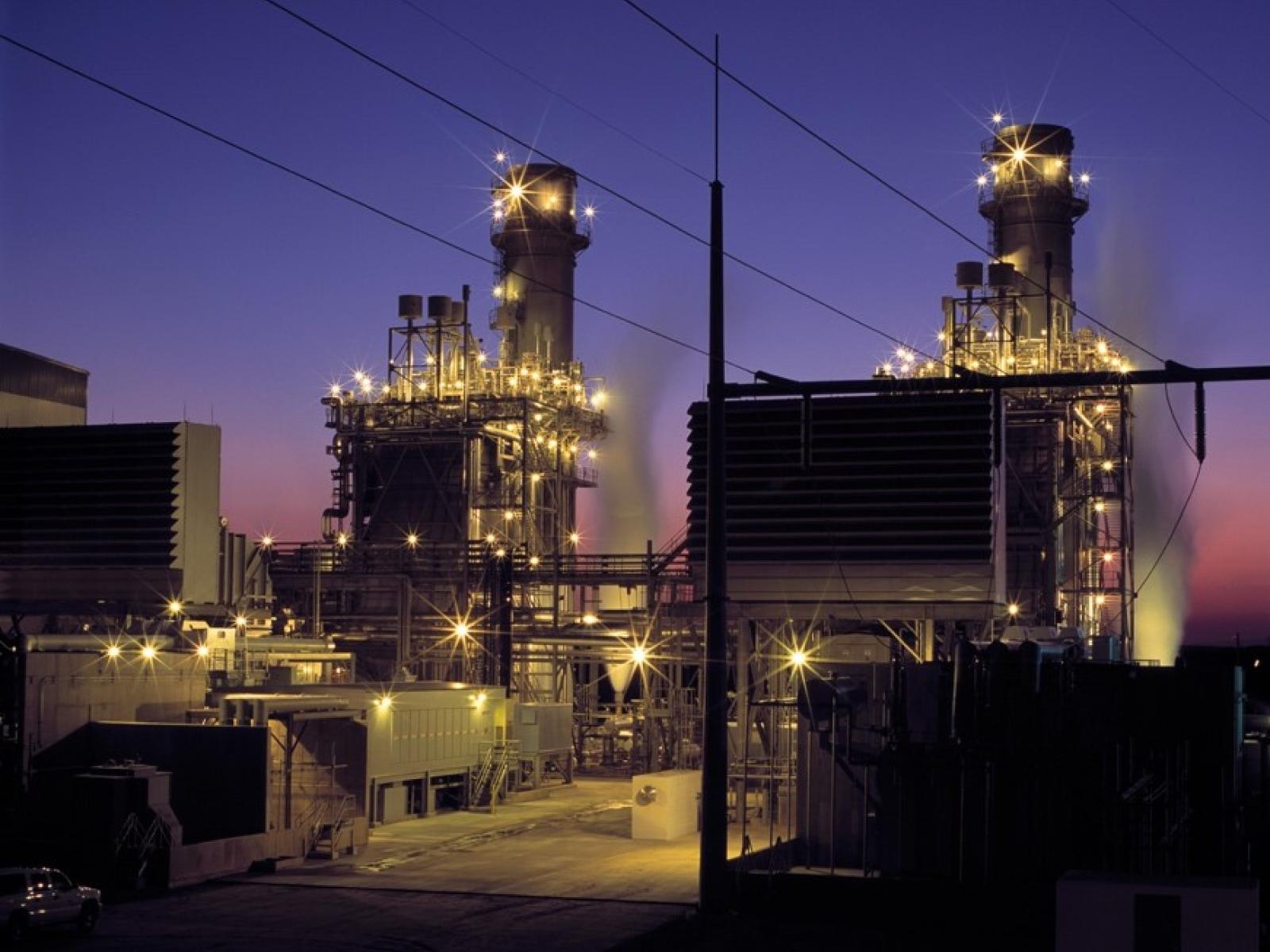Improved Model Explores Impacts of Future Surprises on Electric Power Investments and Operations
Incorporating electric sector operational detail within the long-term, multi-sector dynamics of the GCAM-USA model

Natural gas fuel price volatility was used as a dynamic stressor that scientists were able to incorporate into an improved model to forecast the impact of and response to future surprises in the energy system.
Photo credit: American Public Power Association on Unsplash
The Science
Electrification of buildings, transportation, and industry is expected to grow rapidly over the coming decades. Planning for long-lived investments in electric capacity requires a multi-decadal analysis. However, this long-term planning requires consideration of the sub-annual dynamics of operating the electricity system, due to the continuously varying levels of demand that must be met at all time for reliable system operation. In this study, scientists at the U.S. Department of Energy’s Pacific Northwest National Laboratory integrated least-cost dispatch of electric power models into a long-term, multi-sector, global model of human activity. Investment decisions are modeled by assuming imperfect foresight.
The Impact
Researchers explored the impacts of short-term shocks on both long-term electric capacity investment and on sub-annual power system operation. This included exploring dynamics beyond the power sector, including interactions with co-evolving natural and human systems within a multi-stressor, multi-sectoral context. The researchers were able to demonstrate an improved modeling ability in this study by analyzing the impact of future uncertainty in natural gas prices on long-term capacity investment and sub-annual electric power sector operation in the GCAM-USA model. By exploring a range of future natural gas price scenarios, they found that, with the modeled distinction between capacity and dispatch, a short-term price shock has a much greater effect on annual electrical generation levels than it does on new power plant capacity investment.
Summary
Due to their broad, multi-sectoral scope, human-Earth systems models have historically had to compromise structural detail in modeling the electric power sector by representing electricity supply and demand on a simple annual average basis. Researchers included sub-annual investment and operation decisions in the power sector module of the GCAM-USA model and demonstrated the feasibility and the usefulness of incorporating a least-cost dispatch methodology with many load segments in that model. This approach allowed the model to demonstrate a changing load profile over time without adding solution complexity. This non-optimal approach to investment in the electric system also allowed researchers to model the impact of and response to future surprises in the energy system. With the improved model, the team demonstrated the capability and impact of incorporating the flexibility of U.S. power sector investments and operations in considering the dynamic response to important stressors, such as natural gas fuel price volatility.
PNNL Contact
Mohamad Hejazi, Pacific Northwest National Laboratory, Mohamad.Hejazi@pnnl.gov
Funding
This research was supported by the U.S. Department of Energy, Office of Science, as part of research in MultiSector Dynamics, Earth and Environmental System Modeling Program.
Published: August 17, 2020
Wise M.A., PL Patel, Z Khan, SH Kim, MI Hejazi, and GC Iyer. 2019. "Representing Power Sector Detail and Flexibility in a Multi-sector Model." Energy Strategy Reviews. [DOI: 10.1016/j.esr.2019.100411]